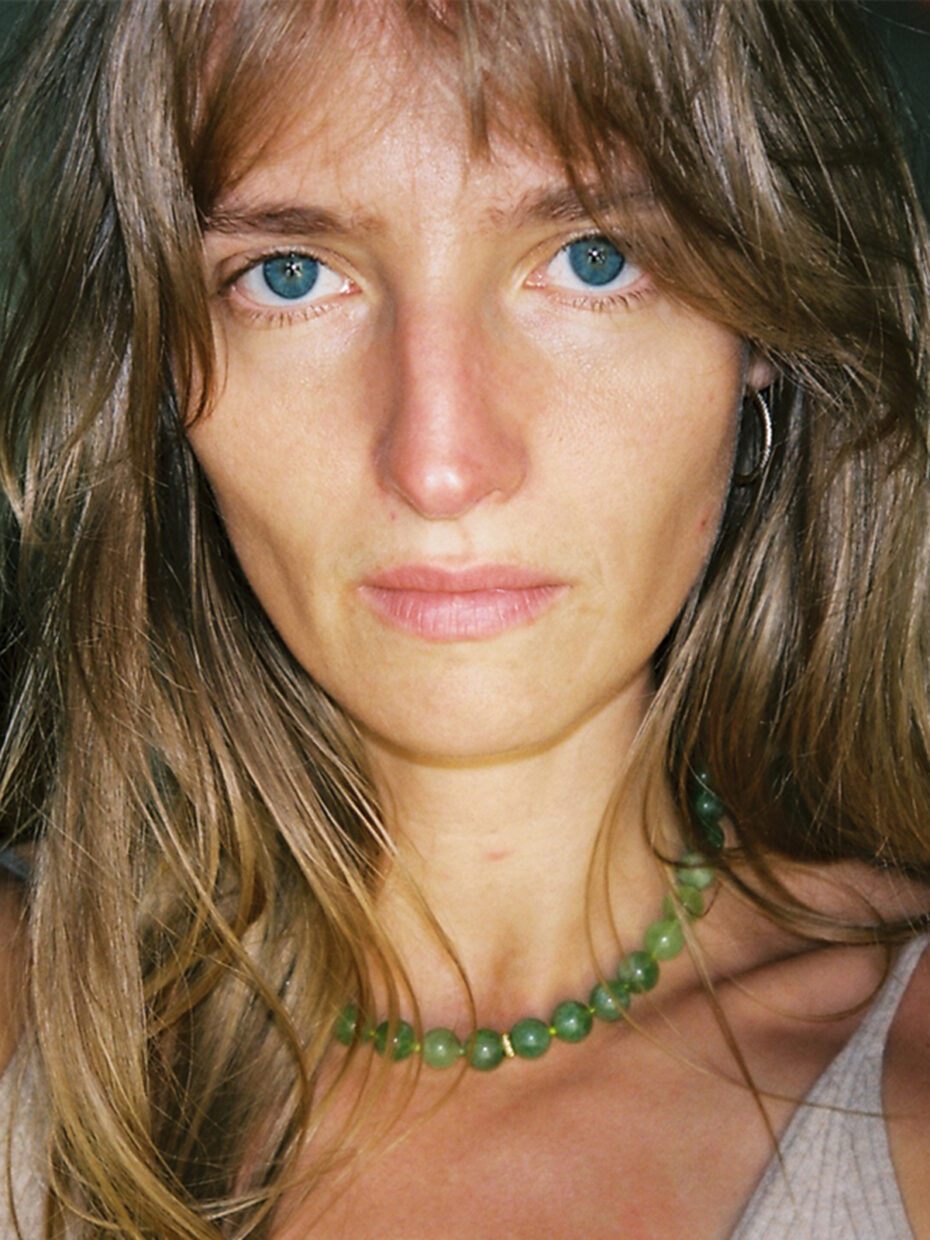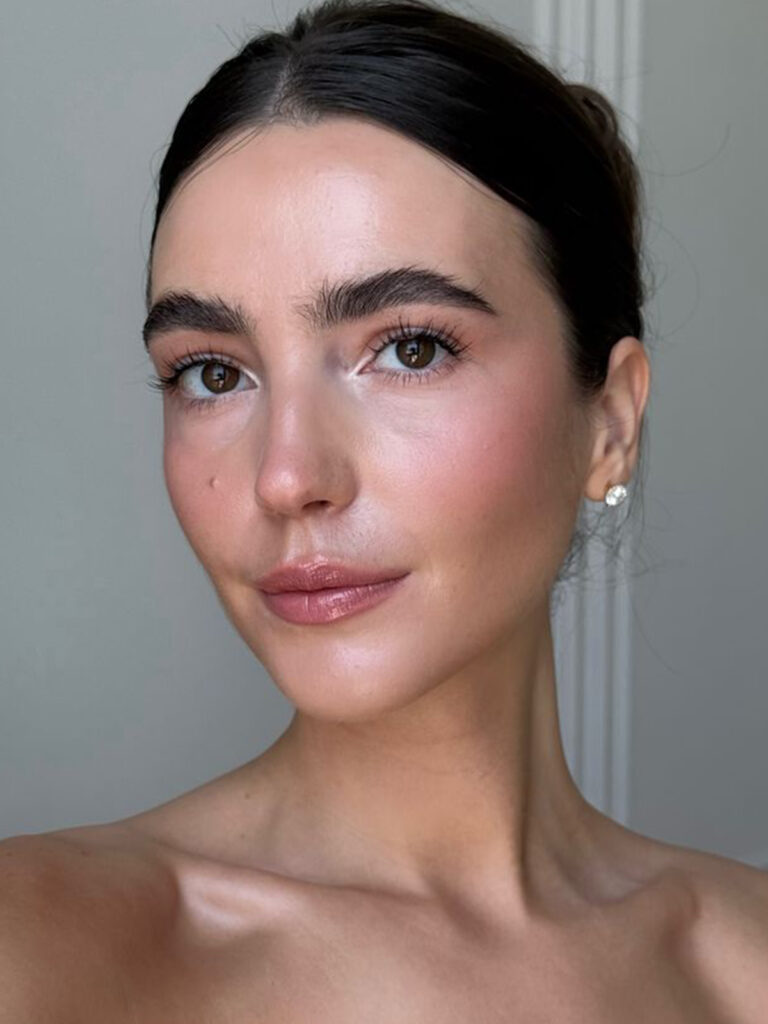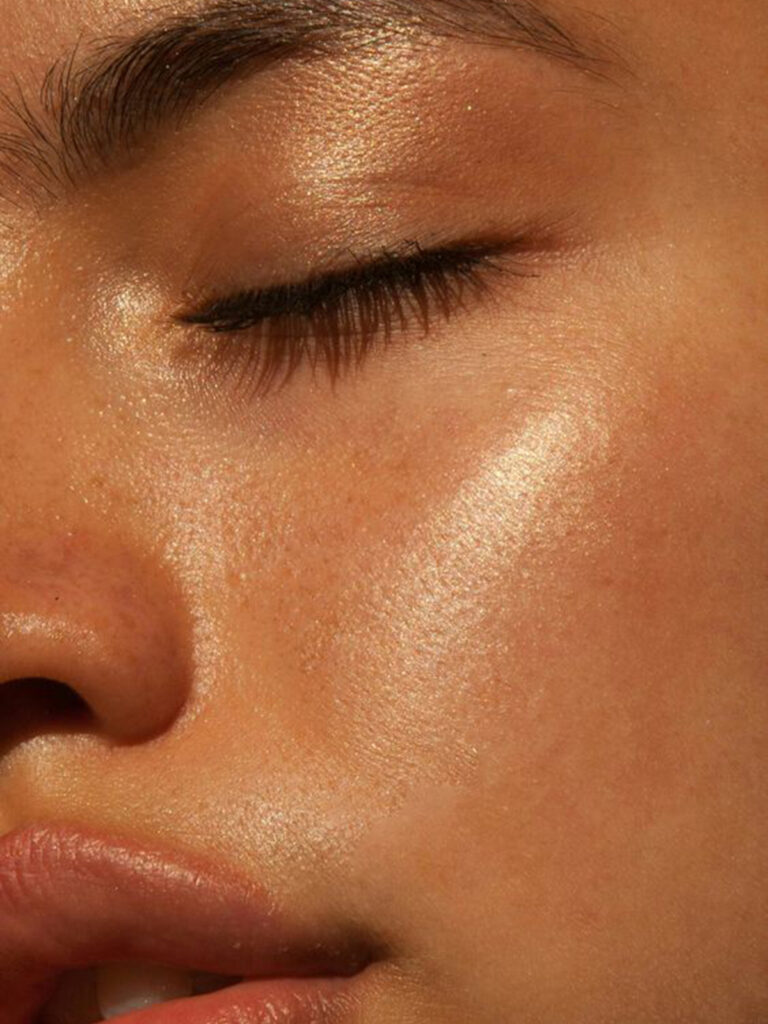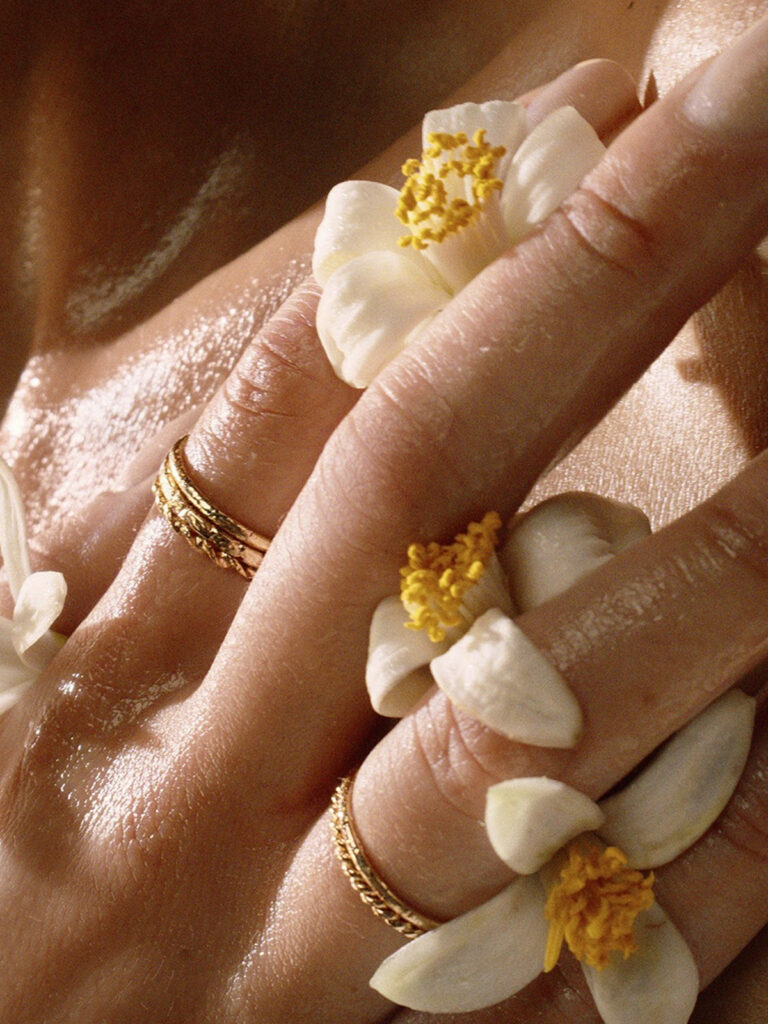
Photo: Amanda Norgaard
Stories
An Ode To Flaws
Writer, model and Kundalini yoga teacher Amanda Norgaard has penned a poem for Wonderflaw.
Text Amanda Norgaard
Flaws
I love the reflection of the multidimensional human-mirror.
When I look at you, I want to see where the pain and the love have touched your heart equally.
Let me in on the leftovers from laughter and show me where the tears have kissed the corners of your eyes.
Where your lineage reads across your forehead like wild rivers.
The curve of your cheekbone is easily the most kissable part of your body.
I remember when my nose grew rebelliously overnight.
From a cute, likable digestible button nose to a characteristic noticeable centerpiece.
I remember how I thought character sapped me from my beauty.
A beautiful woman is not one with character.
Inside nor outside.
I realized how well I hid behind the perception of beauty.
What if flaws are beauty misunderstood?
On a bench a few summers ago, my mother told me how she’d become invisible.
“I’ve become invisible. No man looks at me anymore. It’s oddly liberating”
“But are you only invisible because men no longer look at you?” I asked her.
She stayed quiet.
Her body sighed yes.
How trapped yet dependable we’ve been made to believe that the male gaze is not only superior but also vital for our visibility. And that the one dimensional expression of beauty praised by that same gaze, is the triumph only.
That our beauty exists to be enjoyed outside of us.
That our sex exists to be devoured outside of us.
That our flaws exist to be judged outside of us.
It is not true.
It is for our own sensual enjoyment.
First and foremost.
Born with us.
Born from us.
We are shaped in a psychic web that praises the maiden only.
But what about
The Woman
The Mother
The Crone?
When I look at my mother’s face, I see how it changes. Minute by minute.
Like a watercolor painting.
At times she looks merely 20 going 57. From maiden to crone. A wrinkle in time.
Her face tells the real story.
Face round, but hollow cheeked. Her skin, soft and gently draped over her bones.
Lines like rivers of sorrow, pain and the birth of three children.
“Is my eye lazy?”
Why do we so often judge everything that makes us human, ugly, when the flaws are innately the beauty of being alive; expressed and embodied?
My father always had puffy eyebags, and when I pointed my tiny finger to his pillowy skin and asked: “What’s that?”
He said: “This is where I keep my memories.”
Our human history reads like poetry all across our face and our body. It’s embedded into our skin. And our skin stretched across our bones, like a canvas.
Stained with flaws and beauty alike.
Crevices where the light can enter you. Imprints of a lover’s handwriting in forever ink. Layers upon layers of skin that once felt kin.
Where the eye meets the I,
Nature is my greatest muse. In her, I see all life reflected into particles of truth.
When I lose touch with what is real; I go to her.
I lay my conditioned mind upon her altar.
“Replace my mind with your mind.
Reveal to me what I cannot see.
Unfold in me what I am yet to feel”
And before me she reveals what beauty is;
What the mind reads as flaws
Are poetry in motion
A Creative Act
Wild, untamed, beautiful, organic, growths and entities outgrowing their original creator.
A tiny tree grows from the remains of a fallen one.
A courageous sprout breaks through seemingly dead soil.
Nature too, is beautiful in the barren season of winter.
So are we.
I see no generic movement in Nature, yet all I see is beauty.
I see no sameness in Nature, yet all I see is belonging.
About Amanda Norgaard
Amanda Norgaard is a multi-faceted woman: Writer, creative director, model, and Kundalini yoga teacher. Norgaard is also the founder of Illumination, a creative house that combines poetic storytelling with healing modalities, spiritual practices, and a sense of community. She’s a self-proclaimed practical dreamer, poet, mover and shaker, and lover.
After studying various healing methods over 15 years, Norgaard has carved a space as a unique creative mentor. Having battled anxiety, depression, exhaustion, and a lack of vitality from a young age due to PTSD, she knows what it’s like not to be in love with life. Still, the modern poet believes we all have the potential to cherish life and move our desires and visions into reality.






